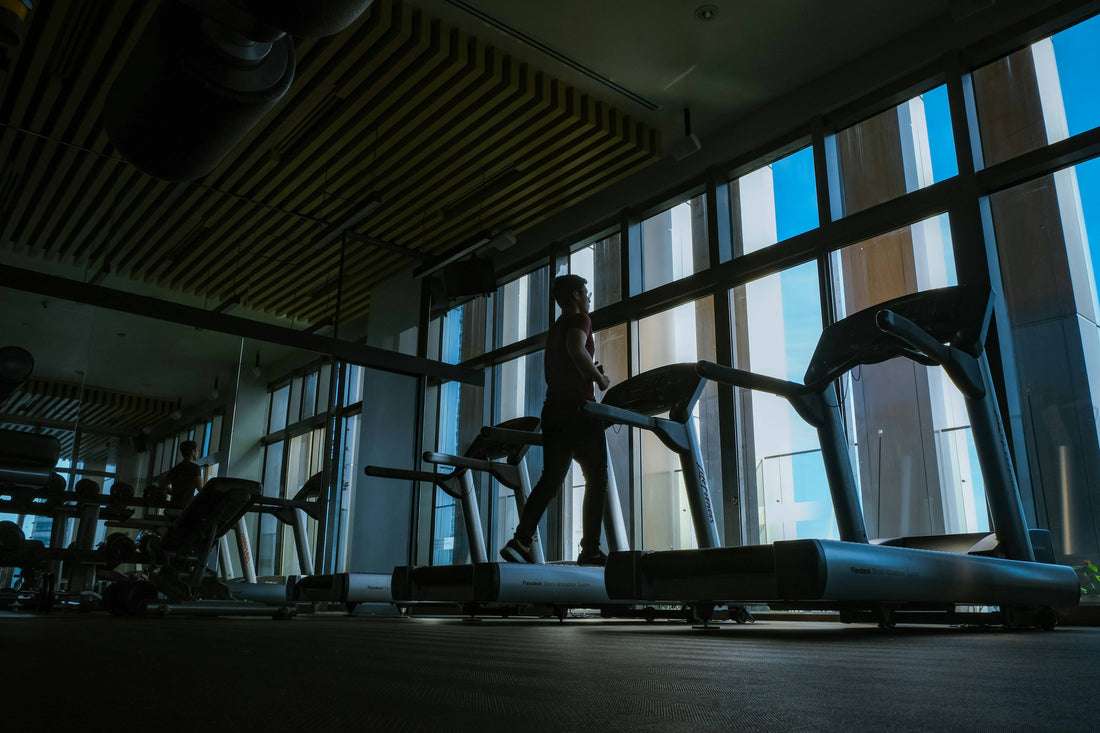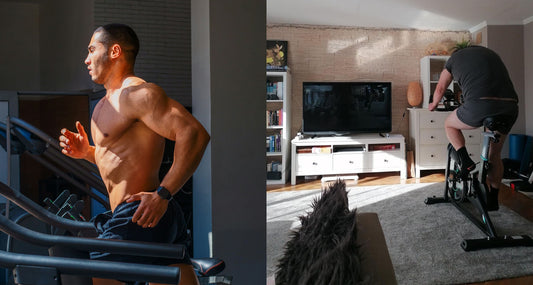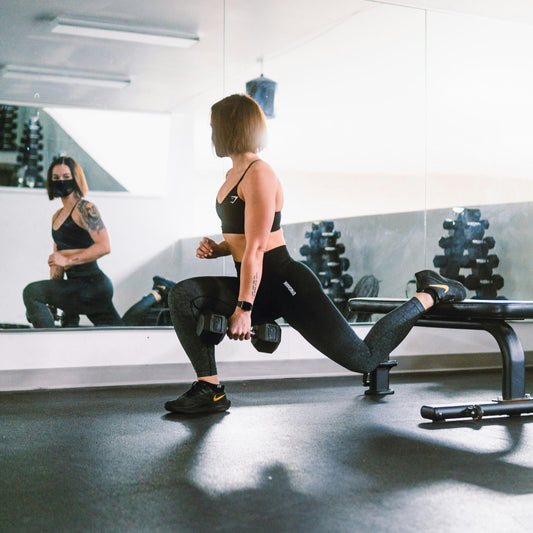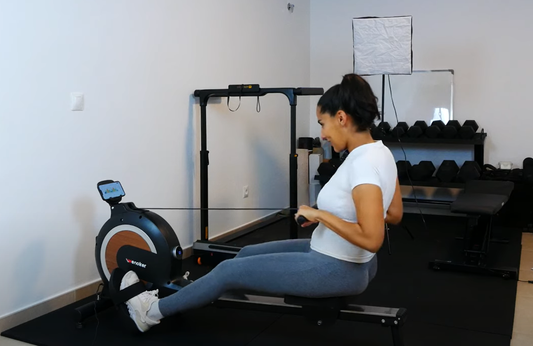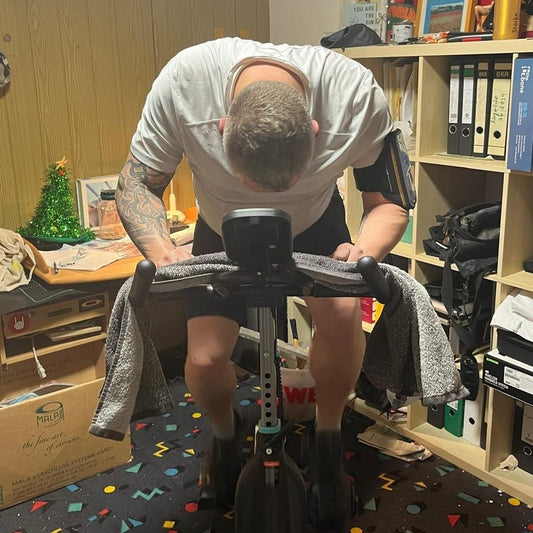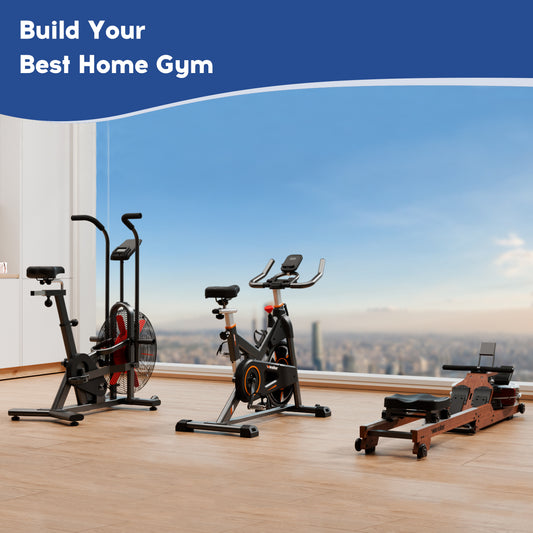In today's fast-paced, work-from-home world, finding time and space for physical activity can be a challenge. Walking pads have emerged as a popular solution, offering a compact and convenient way to combat sedentary behavior without the footprint of a full-sized treadmill.
But simply having a walking pad isn't enough. Are you leveraging this innovative tool to its fullest potential? We've consulted fitness experts and analyzed user experiences to bring you seven impactful strategies to optimize your walking pad routine, from ergonomic setup to advanced workout protocols.
1. Optimize Your Ergonomic Walking Workspace
The primary advantage of a walking pad is integrating movement into sedentary tasks. However, a poor setup can lead to discomfort and reduce productivity.
The Optimal Setup:
- Desk Height: Your desk should be at elbow height while walking, typically requiring a height-adjustable desk set 2-4 inches higher than your seated position.
- Monitor Position: Place your monitor at eye level, about an arm's length away, to maintain proper neck alignment.
- Keyboard and Mouse: Use wireless peripherals positioned to keep your shoulders relaxed and elbows at a 90-degree angle.
Pro Tip from an Expert: "An upright back, relaxed shoulders, and a forward gaze help with balance and core muscle training. This position also prevents strain on the neck and lower back," notes a fitness specialist .

2. Master the Speed-and-Task Match for Productivity
Not all tasks are suitable for all walking speeds. Matching your pace to your cognitive load is key to maintaining both productivity and physical activity.
Speed Guidelines:
- 0.5-1.5 mph: Ideal for focused work like detailed reports, spreadsheets, or complex design tasks.
- 1.5-2.0 mph: Suitable for general computer work, routine emails, and virtual meetings where you are mostly listening.
- 2.0-3.0+ mph: Best for passive activities like watching presentations, listening to audiobooks, or taking brainstorming breaks.
James, a fitness coach with over a decade of experience and now a specialist for Wenoker, adds, "Most users find their cognitive sweet spot between 1.2 and 1.7 mph. At this pace, walking becomes automatic without distracting from mental tasks."
3. Incorporate Strategic Walking Intervals
Continuous walking for hours isn't always optimal. Structured intervals can enhance both focus and fitness benefits.
Effective Interval Patterns:
- The Pomodoro Technique: Walk for 25 minutes of focused work, then take a 5-minute break sitting or standing.
- The Intensity Sandwich: Begin with 10 minutes of slow walking, increase to a moderate pace for 20-30 minutes, and finish with 10 minutes at a faster pace for a cardio boost.
4. Prioritize Proper Walking Form and Posture
Maintaining correct form is crucial to prevent injury and maximize gains. Many users develop poor habits like hunching over or looking down at their feet.
Key Form Elements:
- Stand tall with your head balanced over your shoulders.
- Keep your core lightly engaged.
- Land with a midfoot or heel-to-toe rolling motion.
- Allow for a natural arm swing.
5. Leverage the Power of Incline Training
"For those looking to challenge their lower-body muscles, build endurance, and burn more calories, incline walking is ideal," says Hector Perez, MD, a bariatric surgeon and advisor. "It's like sneaking in resistance training while doing cardio. Walking on an incline mimics hiking, which challenges balance and builds core stability" .
While not all walking pads have an incline feature, Wenoker walking pads are designed with multiple steepness levels. Dr. Perez suggests, "A three to five percent incline is perfect for beginners, gently engaging your posterior chain and improving posture" .

6. Adhere to a Consistent Maintenance Schedule
Protect your investment and ensure your walking pad's safety and longevity with regular care.
Essential Maintenance:
- Daily: Wipe down the belt with a dry cloth and clear any debris.
- Weekly: Check belt tension and alignment.
- Monthly: Lubricate the belt according to the manufacturer's instructions; most quality walking pads need lubrication every 30-40 hours of use.
7. Track Metrics and Embrace Smart Technology
The fusion of AI and smart fitness technology in modern equipment like Wenoker walking pads allows for sophisticated tracking and personalized feedback.
Key Metrics to Monitor:
- Daily Movement: Total walking time, step count, and distance.
- Work Integration: Productive hours while walking.
- Physical Progress: Improvements in your speed and duration tolerance.
James from Wenoker explains, "Modern devices use sensors and AI to provide real-time feedback. This data isn't just numbers; it's a tool to help tailor your workouts for better fat burning and endurance, making your home fitness journey more effective."

Conclusion
Walking pads are a powerful tool for enhancing your health and productivity. By implementing these expert tips—focusing on ergonomics, strategic intervals, proper form, incline training, and regular maintenance—you can transform your walking pad from a simple step-counter into a cornerstone of your wellness routine.
Whether your goal is to lose weight, boost cardiovascular health, or simply move more throughout the day, a thoughtful approach to your walking pad practice will deliver lasting results.
Ready to take your walking workouts to the next level? Explore the innovative range of Wenoker walking pads, designed with insights from fitness experts to bring efficiency and effectiveness to your home gym.
